

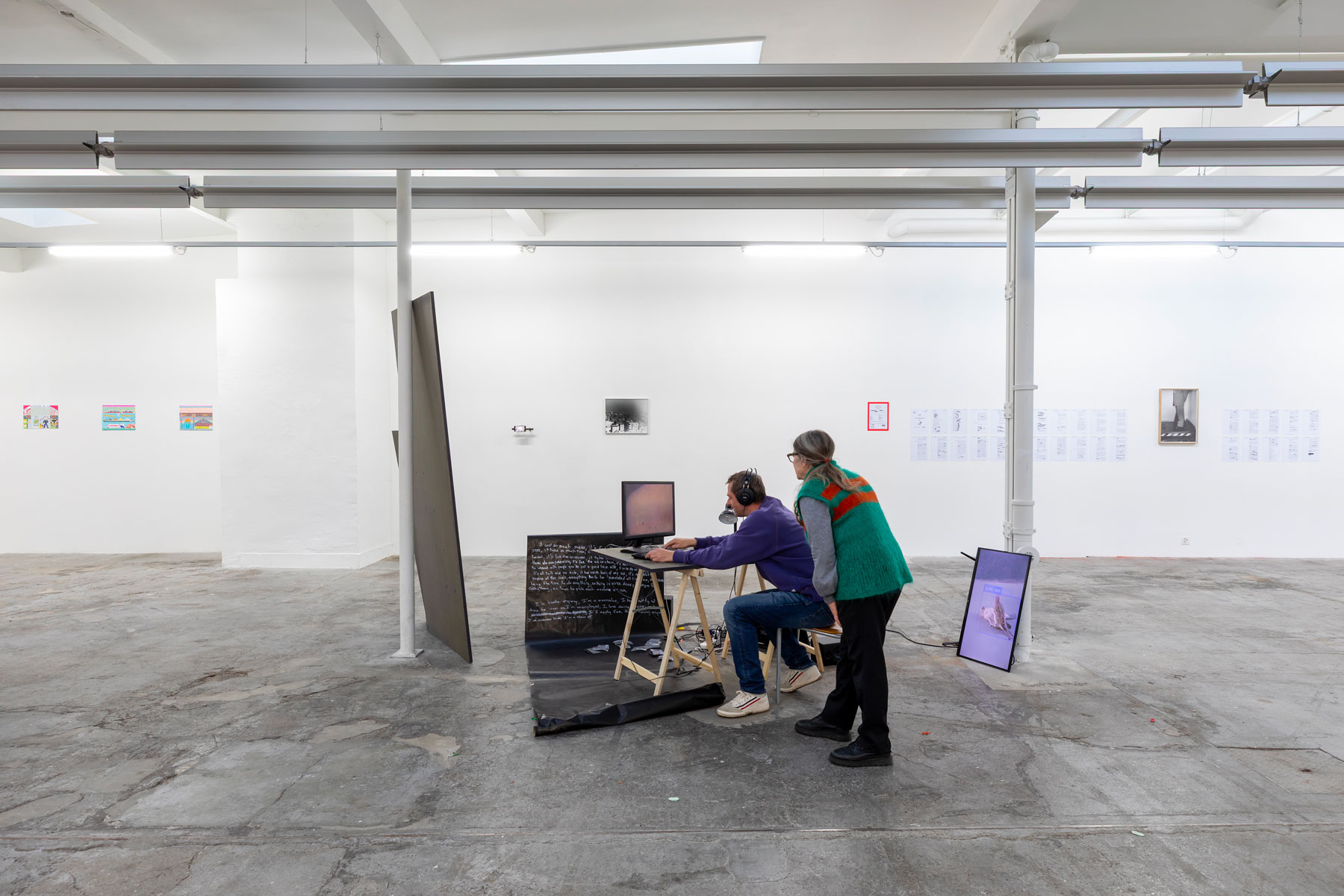
SHEDDING LIGHT, 2025
Piezography print, Regionale 26, Basel, CH
SHEDDING LIGHT responds to the destruction of the last AFP live-streaming camera in Gaza on November 2, 2023. Capturing the moment of the attack, the work transforms the 30-second video into a single analog photograph: projected from a smartphone onto photosensitive paper, then reprinted using coal pigments. A collaboration with Forbidden Stories, an international network of journalists whose mission is to continue the investigations of other reporters who have been silenced. This work received the Parameter Award for an outstanding artistic project and presentation at the 2025 Parameter — Generative Arts Fair. Images M54: credit Julian Salinas.
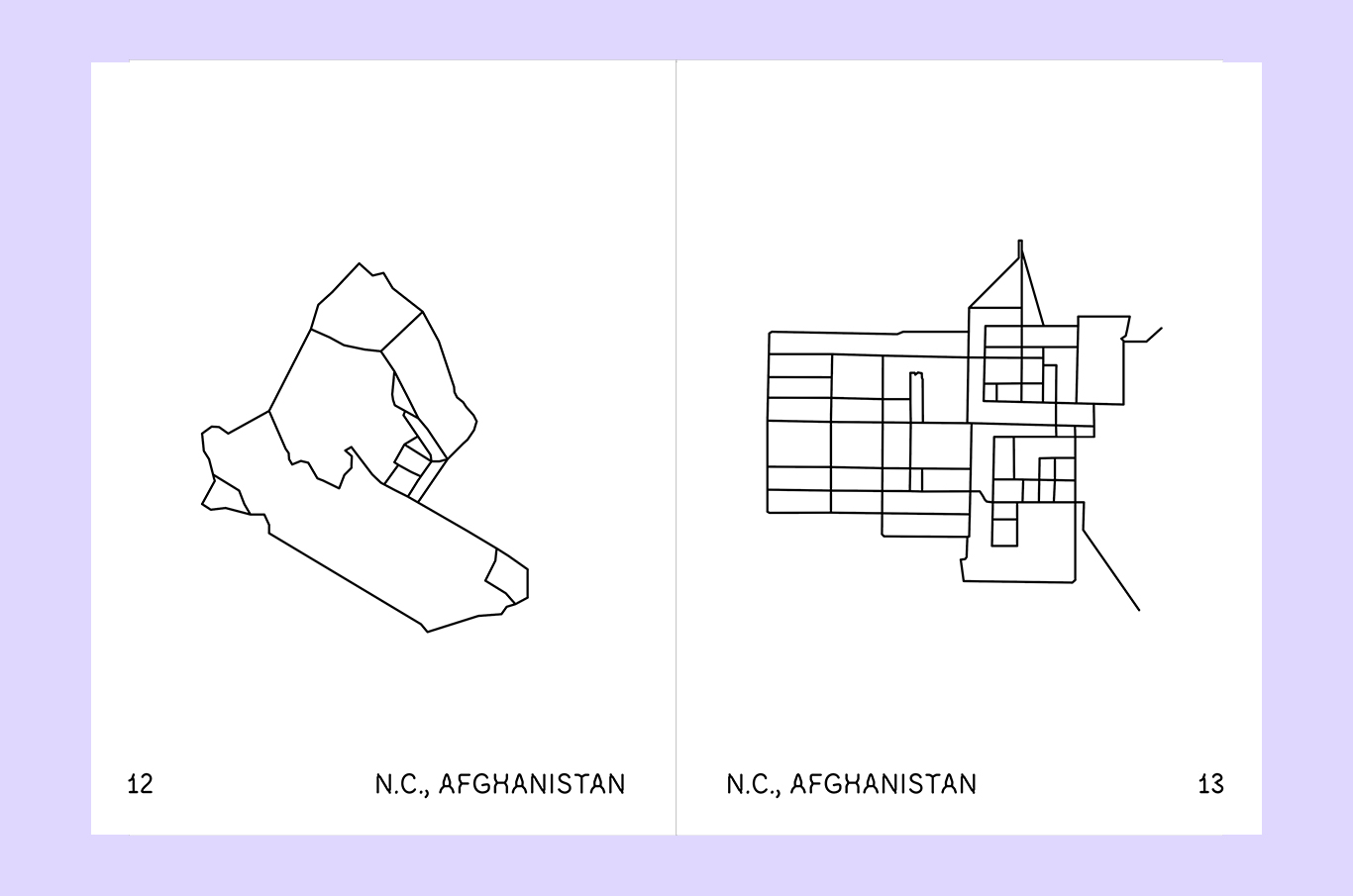

KUDOS coloring book, 2025 (ongoing)
Digital print, 20x26.5 cm, Parameter Generative Arts Ljubljana, SI
Inspired by the 2018 Strava heatmap leak, which inadvertently revealed the locations and routines of remote military bases, KUDOS explores the intersection of GPS data and open-source intelligence. Blending playful illustrations created by users who “drew” with their running routes with the story of a serious security breach, the work pays tribute to these accidental athletic artists while critically examining the blurred lines between personal data, surveillance, and operational exposure.

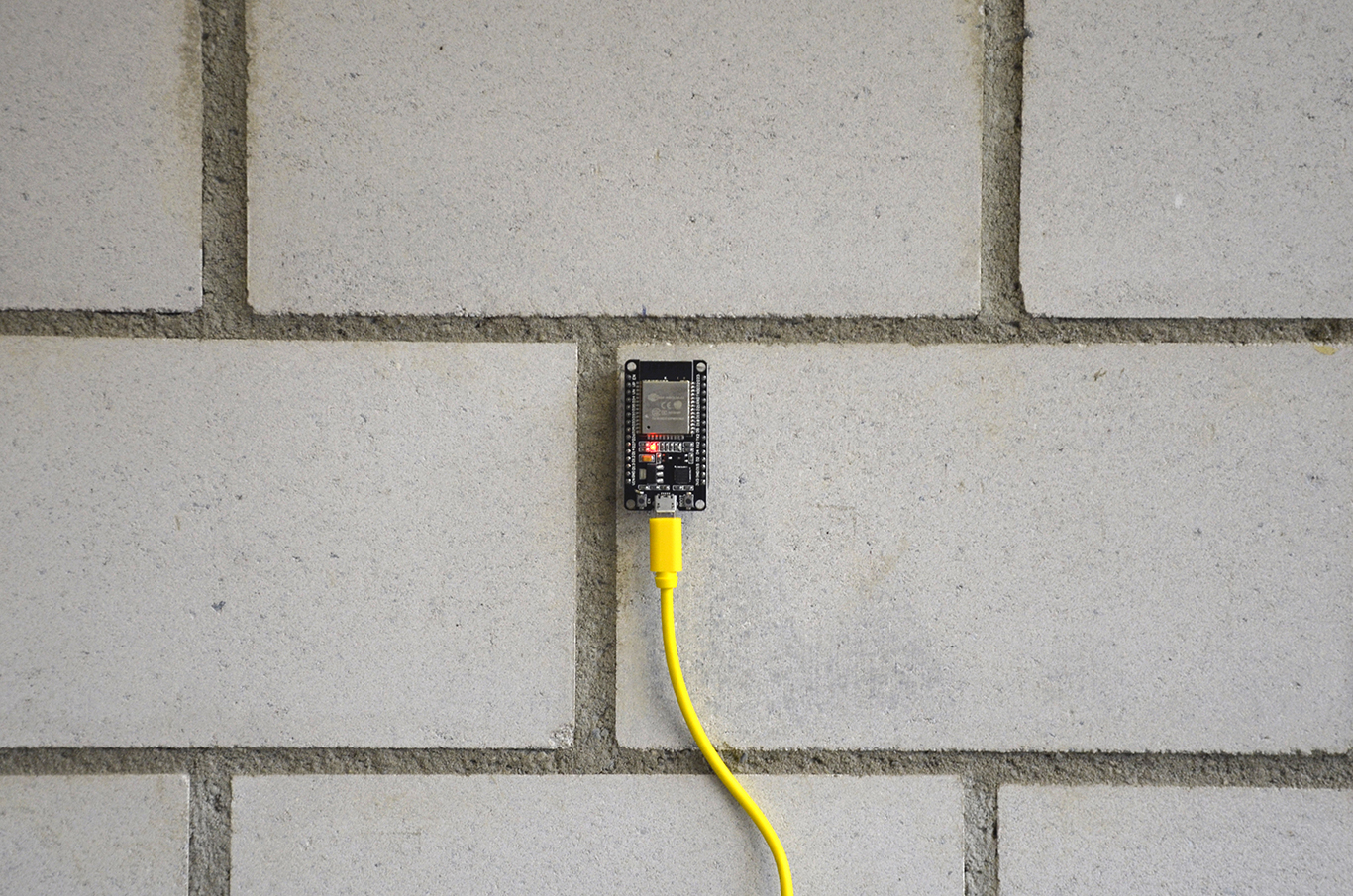

SUNSETTINGS, 2023
Installation, Zentralwäscherei, Zürich, CH
SUNSETTINGS is both an installation and a zine, accessible on a solar-powered server, that explores the history of solar theories in relation to their latest development in our connected world. From Eratosthenes to software used in Open Source Intelligence (OSINT) for geolocating images, SUNSETTINGS offers an interdisciplinary exploration of the sun's role in information and knowledge production. Produced on the occasion of Volumes Zürich 2023.
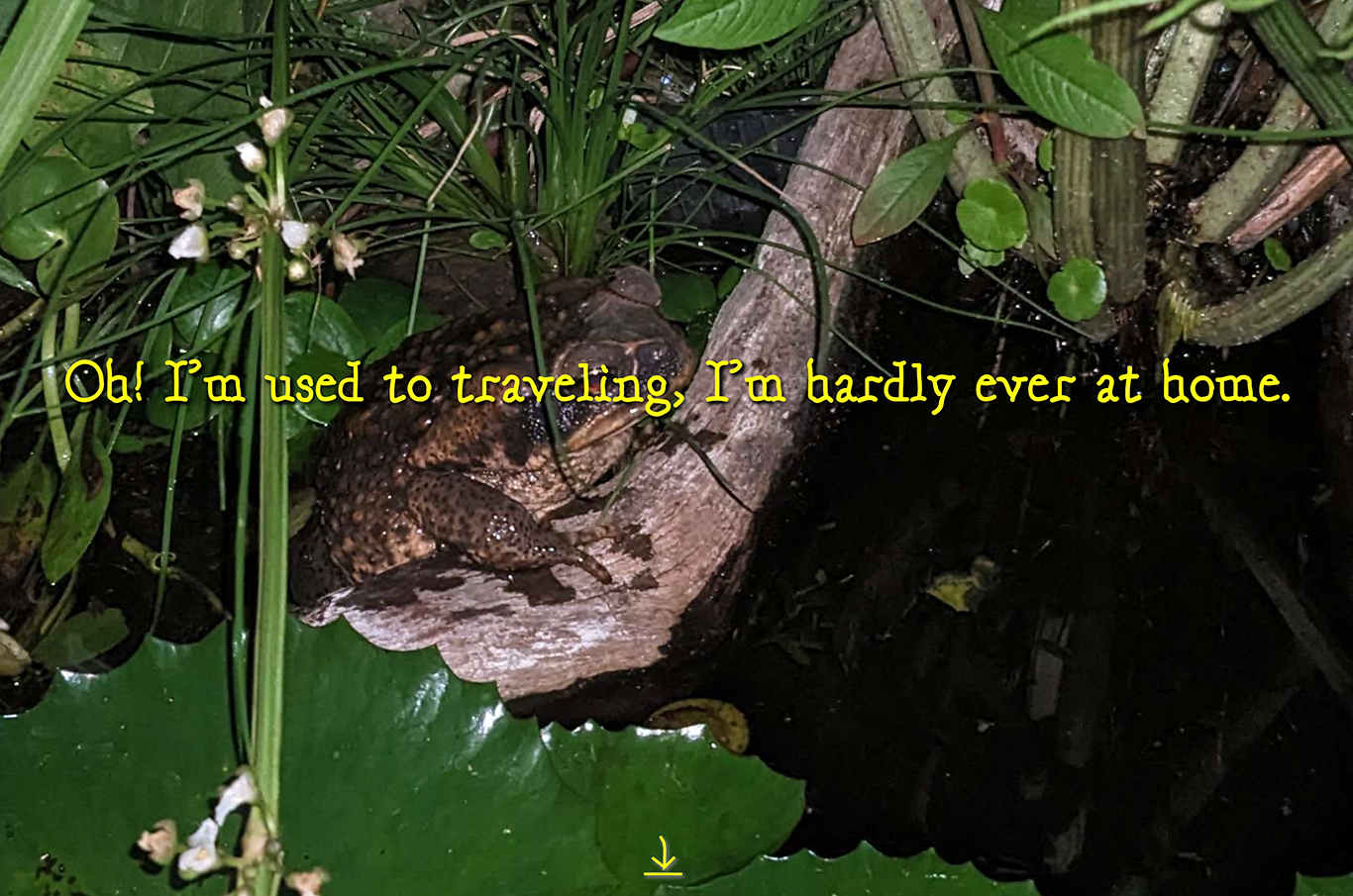

CUSTOMS Home Screens, 2023
Digital fanzine, The Wrong Biennale, IN
CUSTOMS is a database curated since 2020 through a unique, hands-on method. Personal data is collected from luggage tags on trains between France and Switzerland, before engaging passengers in conversations that often lead to the exchange of multimedia content. For The Wrong Biennale, selected images based on passengers' stories of returning home were presented as a photo novel on the pavilion’s website. Visitors can download the images and are invited to use them as home screen wallpapers. berenice-serra.com/home-screens/
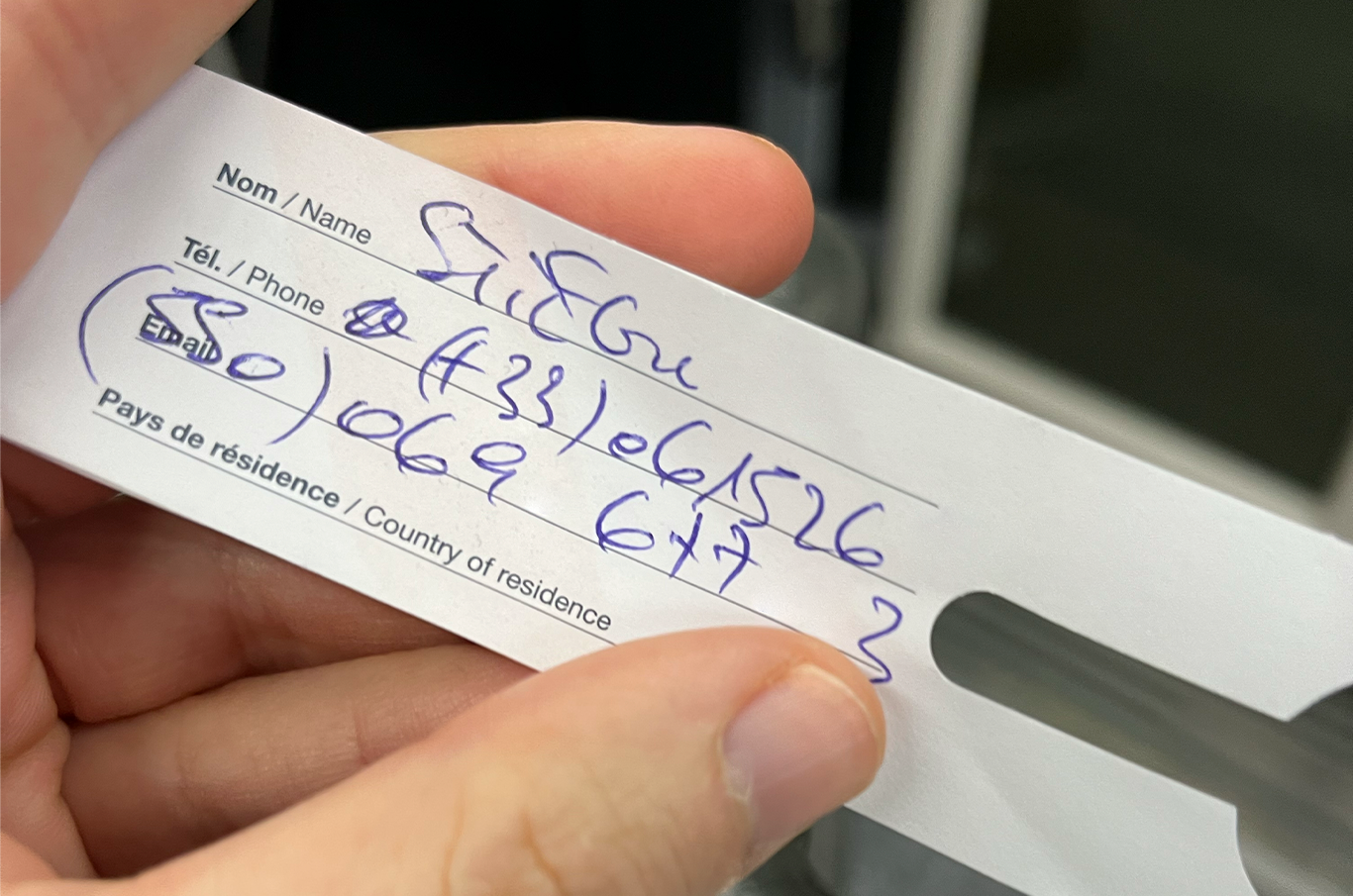
CUSTOMS, 2020—2022
Database, image bank, suitcases, network
CUSTOMS is a database curated since 2020 through a singular analog protocol. Personal information such as names, addresses, phone numbers, and email addresses is manually collected outside of digital channels. The data is sourced from luggage tags attached to suitcases left on trains the artist regularly takes between France and Switzerland.
Passengers are then approached and invited into a conversation that may lead to the exchange of multimedia content, including videos, images, and occasionally audio recordings. For each presentation of the work in an art context, customized artifacts are created using the shared material.
Interestingly, the submitted content is often generic or anonymized, contrasting with what the same individuals might freely share online.
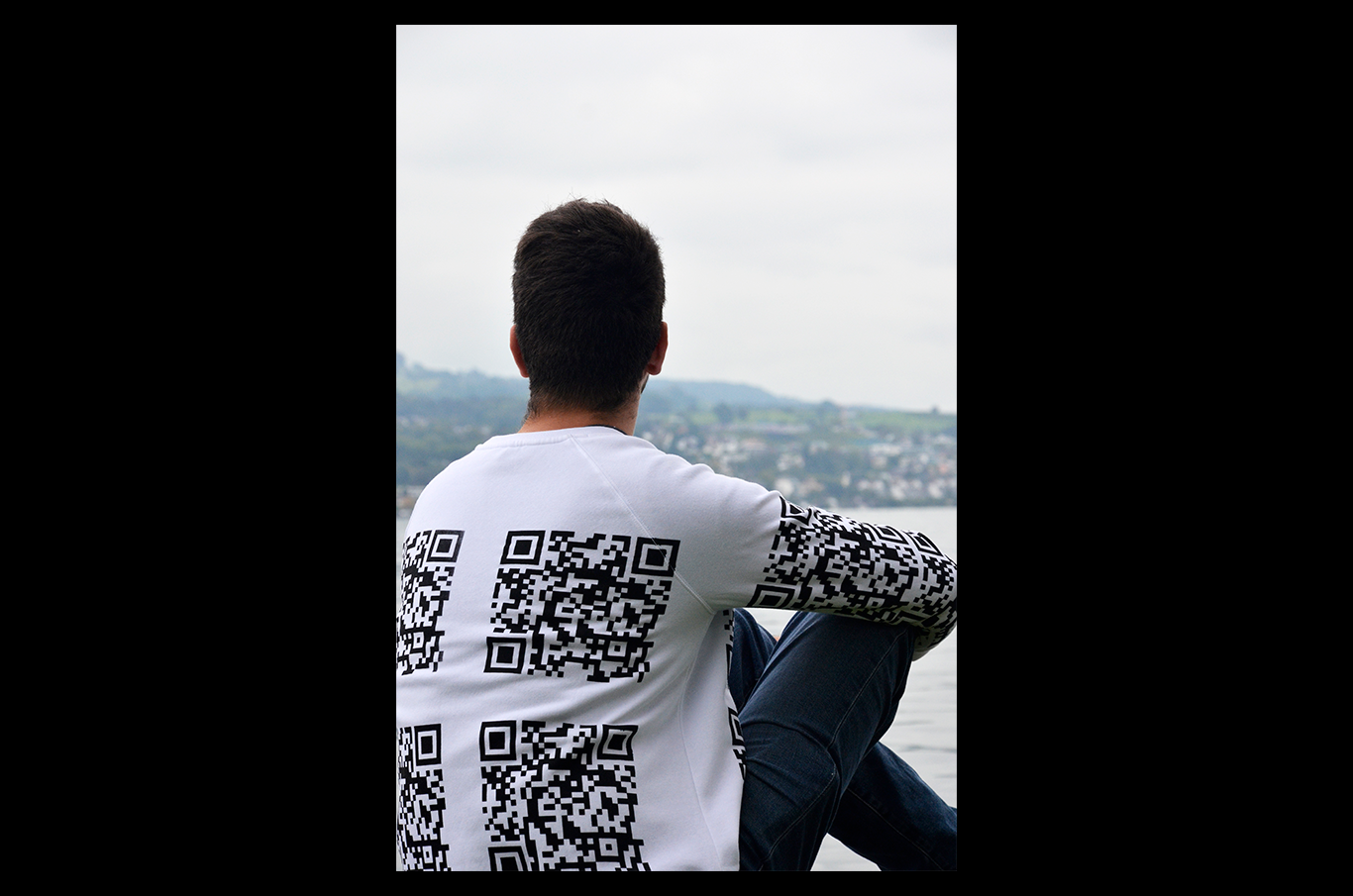
CHAIN, 2022—2024
Screenprinted clothing, catalog and webpages
CHAIN is a wearable archive composed of screenprinted garments, each embedded with a QR code linking to the previous piece in the series. As each new item is produced, the digital chain extends, connecting bodies across time and space through a living sequence of clothes and images. The first photograph in the chain depicts a woman in Kutná Hora wearing a QR code jacket. Though the code appears functional, it is in fact a non-scannable pattern, an intentionally empty symbol that references the aesthetics of internet culture. Each subsequent piece reintroduces functionality, embedding a working QR code that leads viewers backwards through the archive.
Part clothing line, part decentralized network, CHAIN transforms each participant into a mobile node in a growing, interlinked narrative.


TACTICAL PUBLISHING, 2022
Perfomance, Le Bel Ordinaire, Pau, FR
TACTICAL PUBLISHING is a live-coding performance, a lecture, and the culmination of a four-year research project conducted at the École Nationale Supérieure des Beaux-Arts de Lyon. A recording of the lecture, made during an invitation to the Academy of Art and Design in Basel, is accessible online: youtu.be/oD_S0RcZAmI
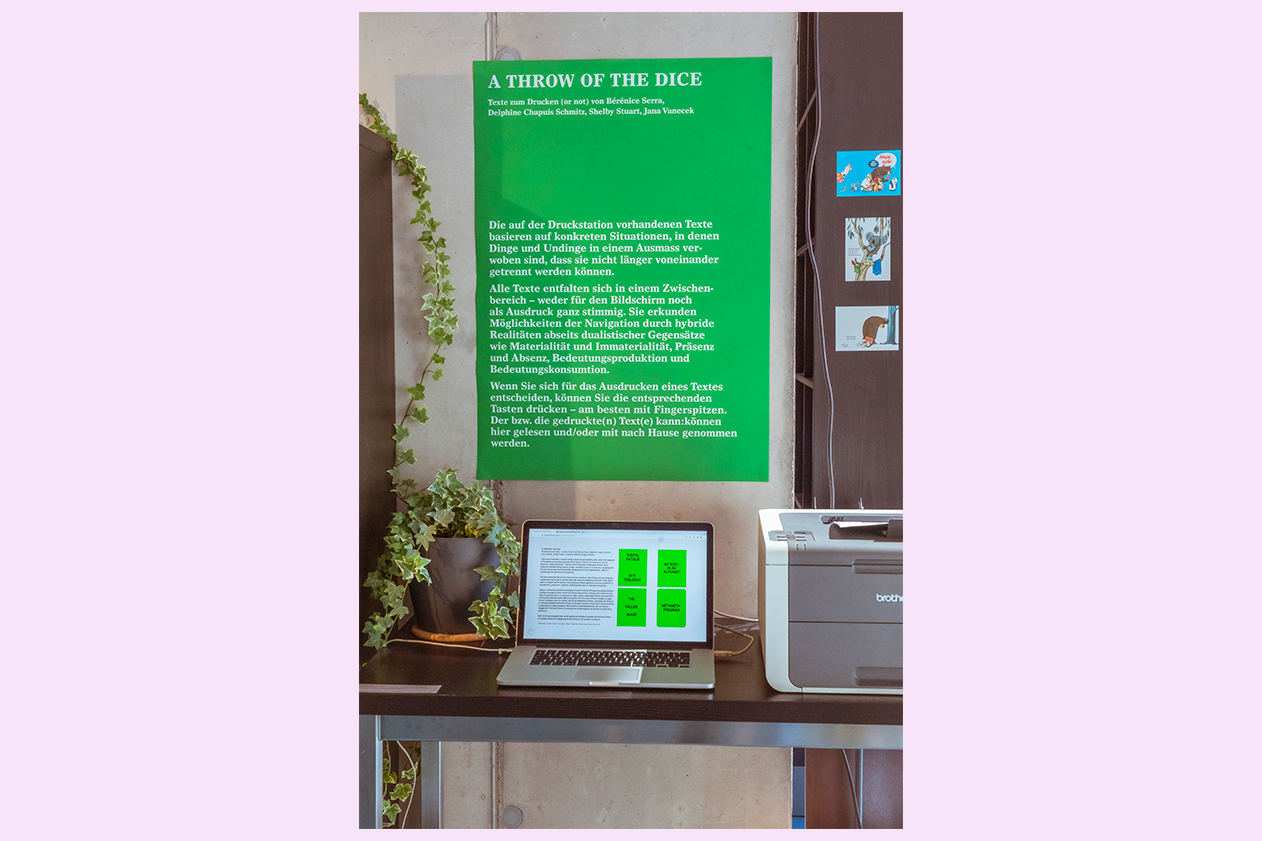
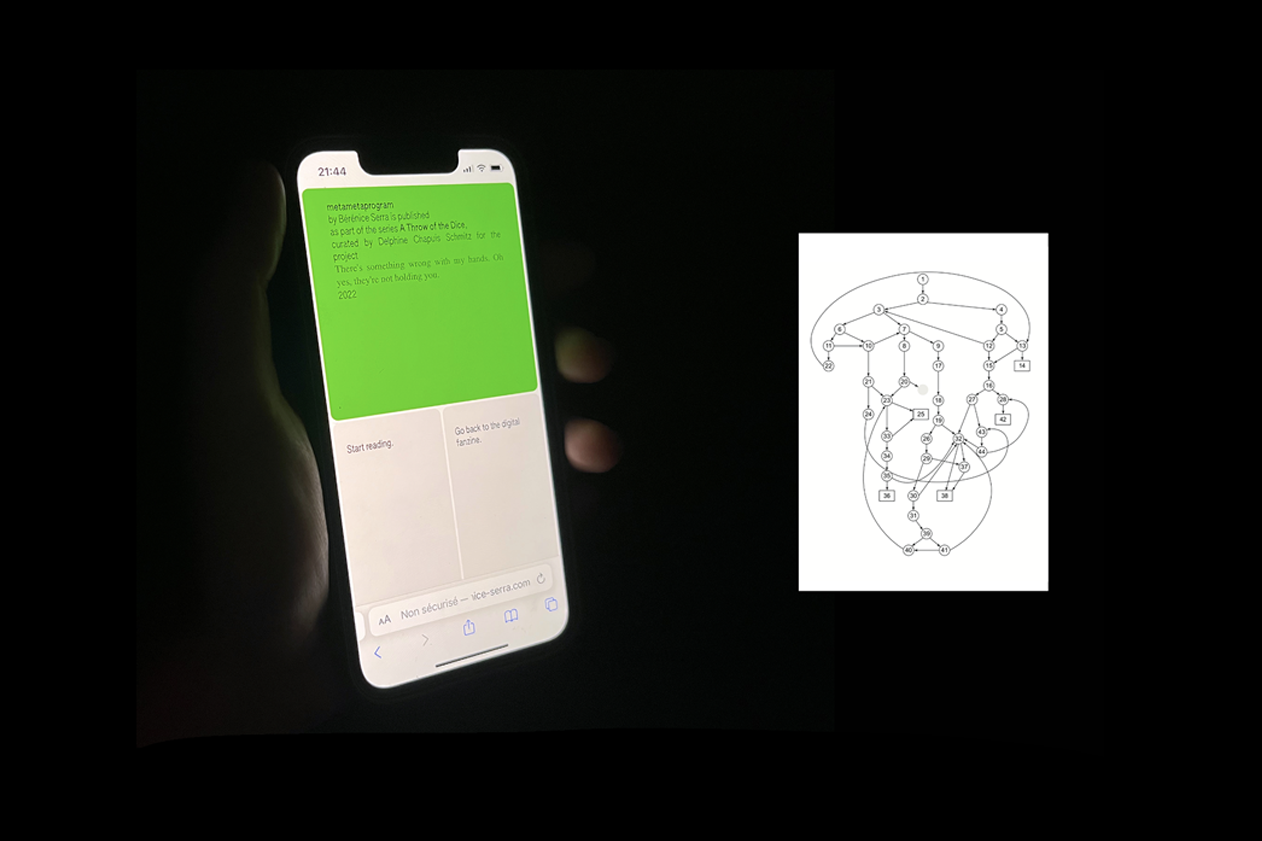
METAMETAPROGRAM, 2022
thingsnonthings.space, Literaturhaus Liechtenstein, LI
METAMETAPROGRAM is an interactive narrative inspired by Vilém Flusser’s The Non-Thing 1 and The Non-Thing 2, published as part of the series 'A throw of the dice' curated by Delphine Chapuis Schmitz for the project 'There's something wrong with my hands. Oh yes, they're not holding you.'
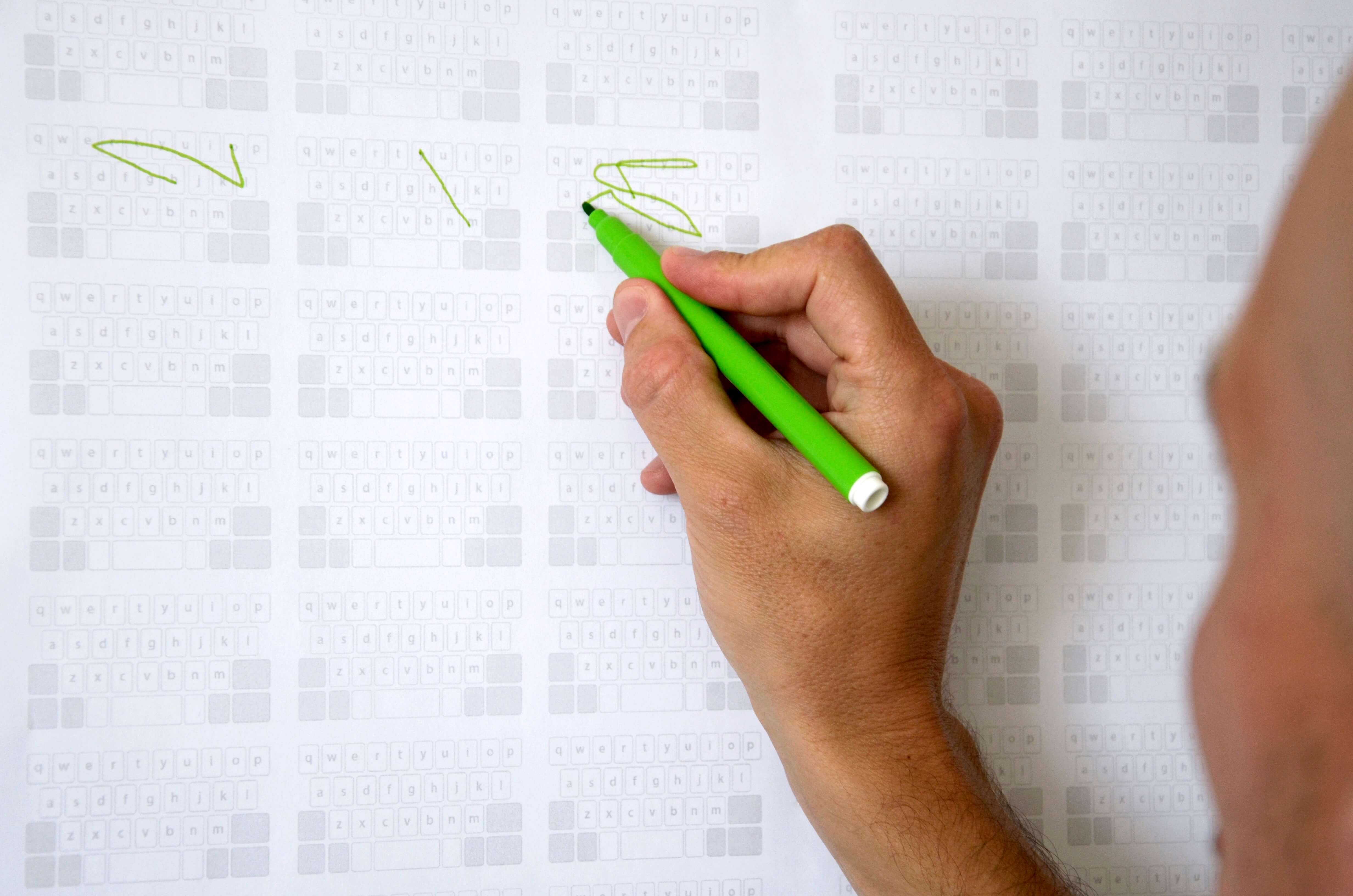
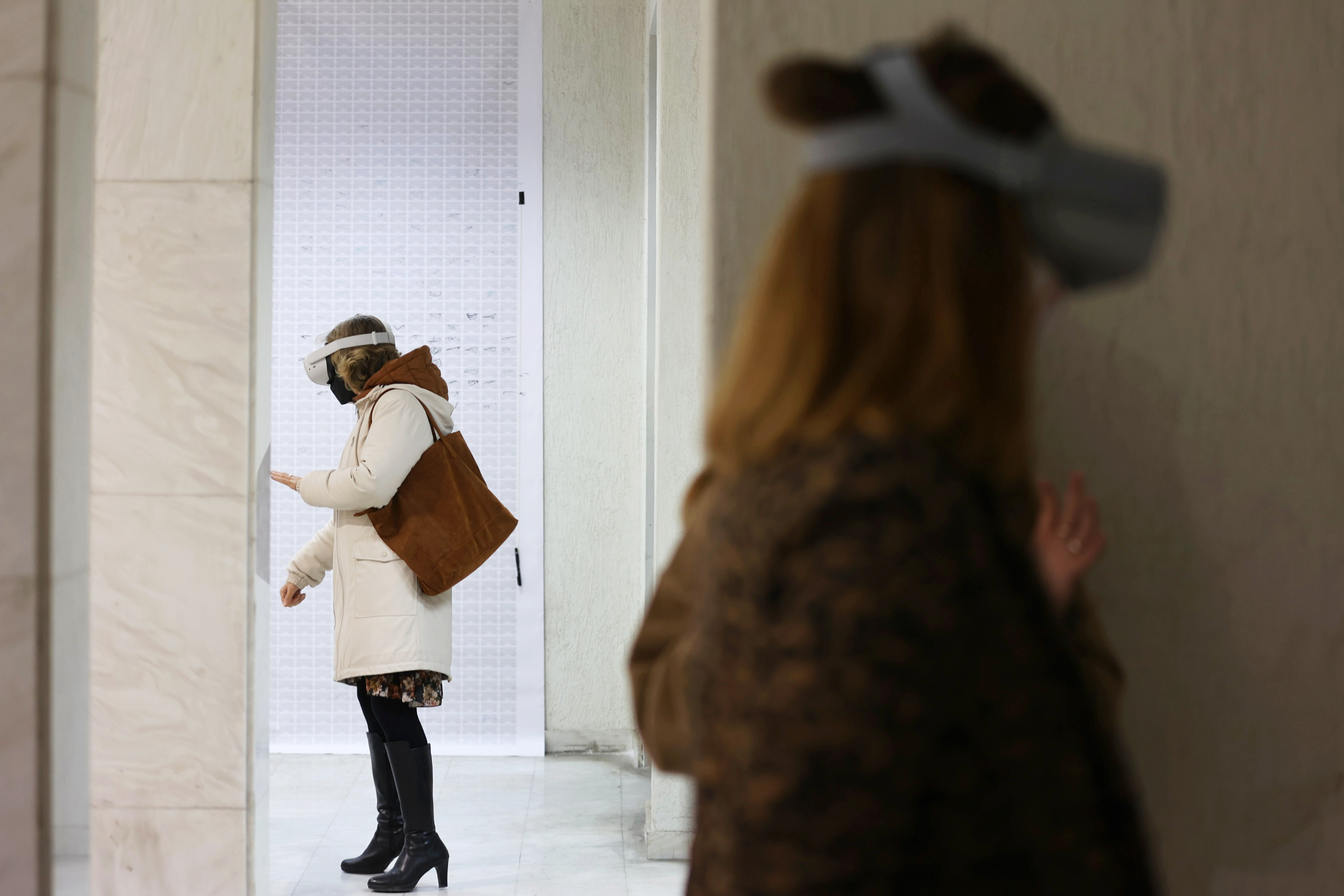
SWIPE wallpaper, 2021
Installation, Katsigras Museum, Larissa, GR
The SWIPE wallpaper serves as an expressive surface, transforming the wall into a space for leaving encoded messages. Throughout the exhibition, the pattern grows, evolves, and becomes a reflection of visitors' thoughts. Based on the SWIPE writing system, the installation encourages drawing on the walls and learning a digital writing system with pen and paper. This site-specific installation adapts to the country where it is displayed, with the keyboard grid varying accordingly.
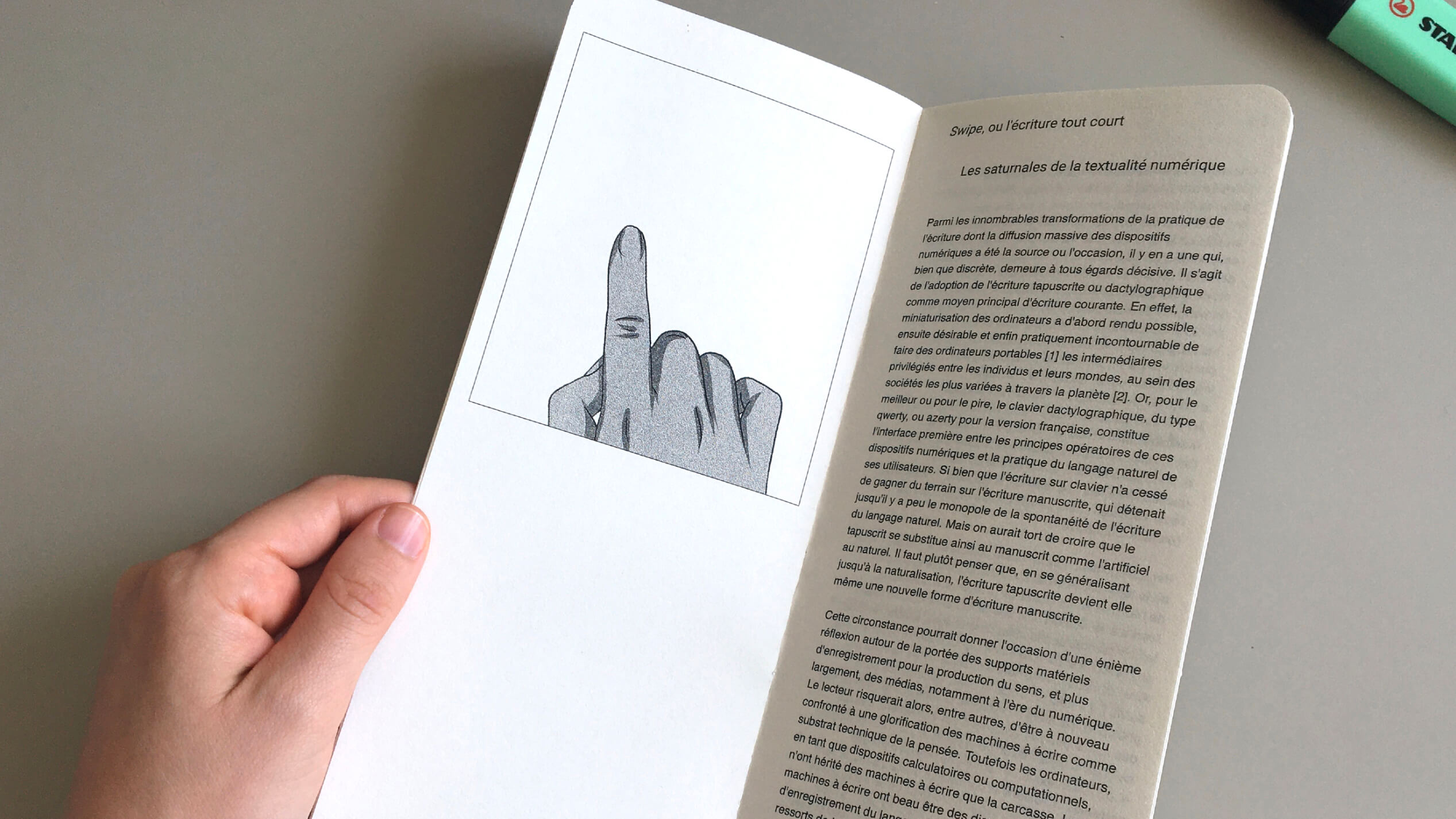

SWIPE writing copybook, 2020
Writing copybook designed with HTML + CSS (web-to-print)
The SWIPE writing copybook offers a learning method for a writing system inspired by the principles of gestural input. The writing system in question regards the traces created through the use of a virtual keyboard as a distinctive writing method. The web-to-print writing copybook includes practical and poetic exercises aimed at facilitating the learning of this writing system outside its digital environment.

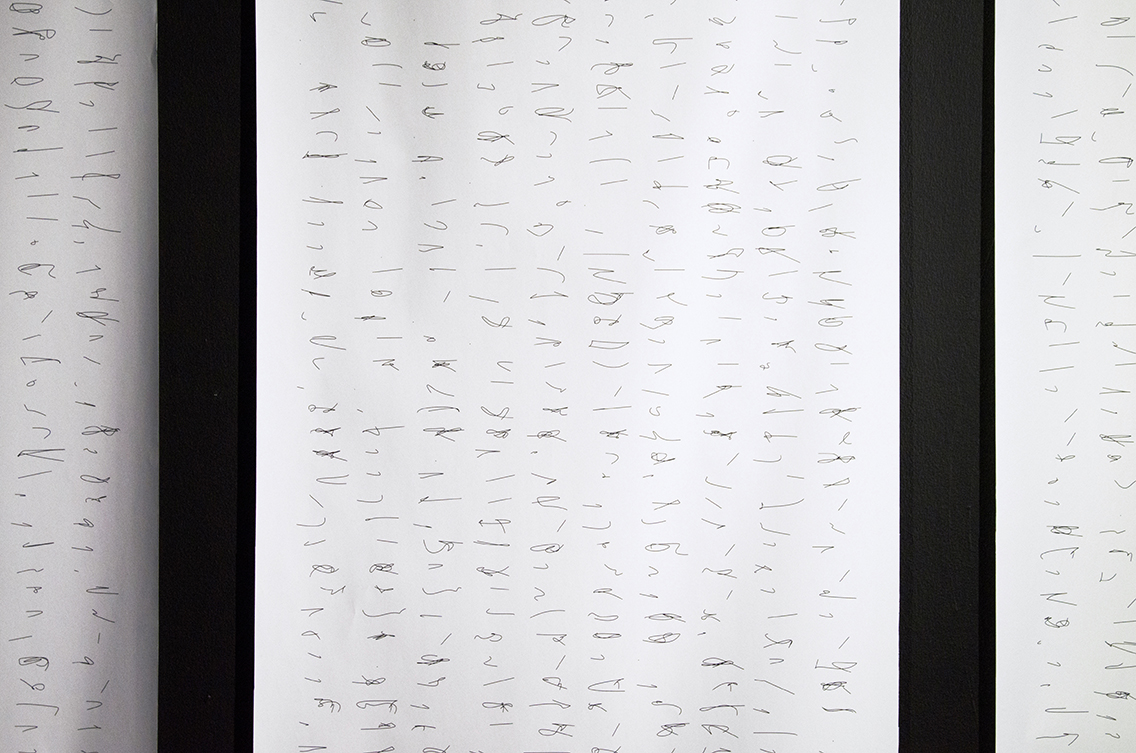

SWIPE, 2019
Writing system, transliteration app, Ars Electronica, Linz, AU
Swype/Swiftkey is a virtual keyboard designed for touchscreen smartphones and tablets, enabling users to input text by sliding their finger from the initial to the final letter of a word. Employing a predictive text system, this keyboard can achieve a writing speed of 50 words per minute. The SWIPE project introduces a transliteration app that emphasizes the correlation between writing speed and language enrichment through graphic writing, recording the symbols generated with the Swype/Swiftkey keyboard. Each word consequently generates a unique symbol. Development: Bérénice Serra and Jacques-Daniel Pillon. Exhibition views were featured at Le Shadok in Strasbourg and exhibition Valis at Ars Electronica 2019.
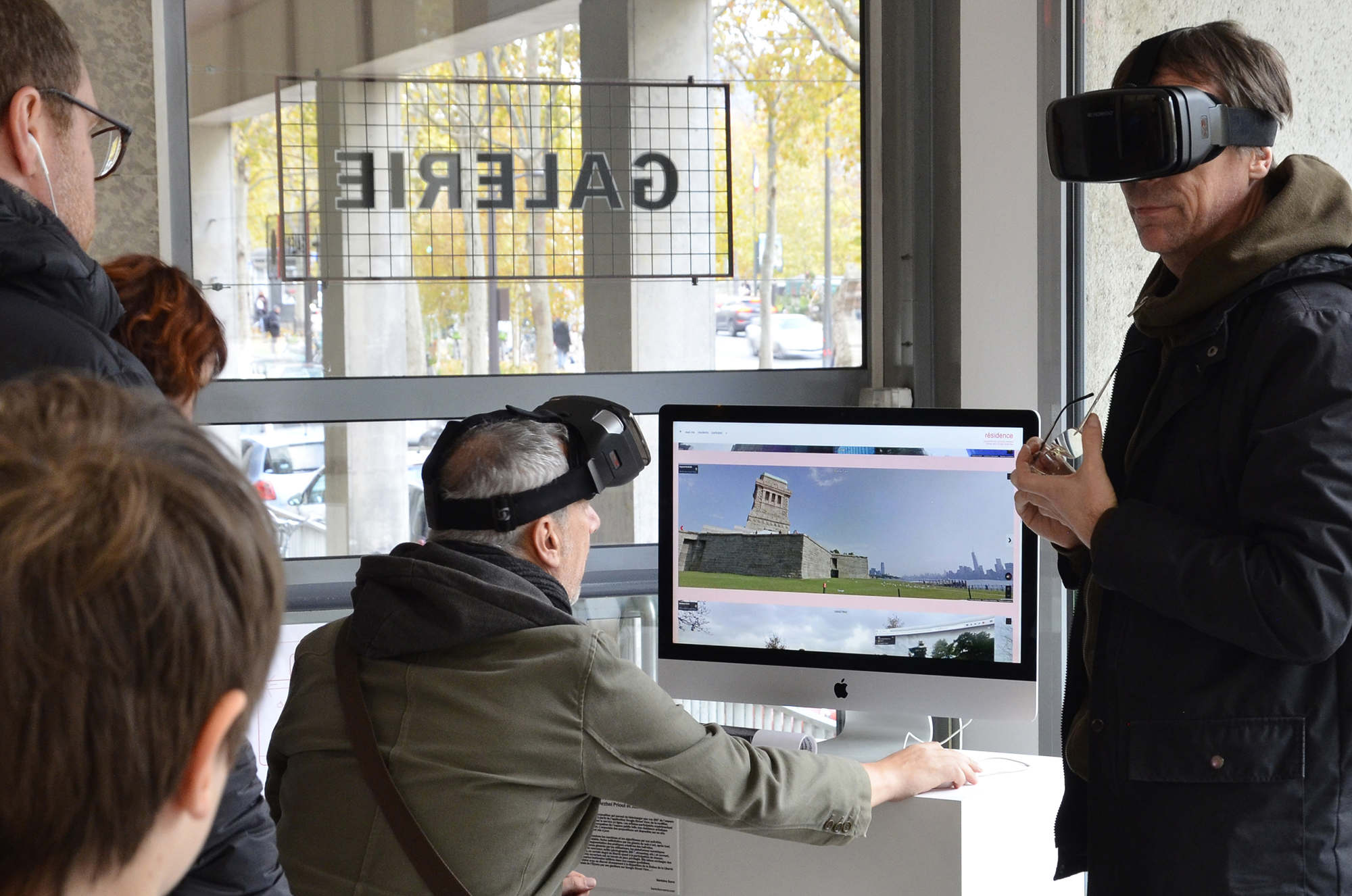
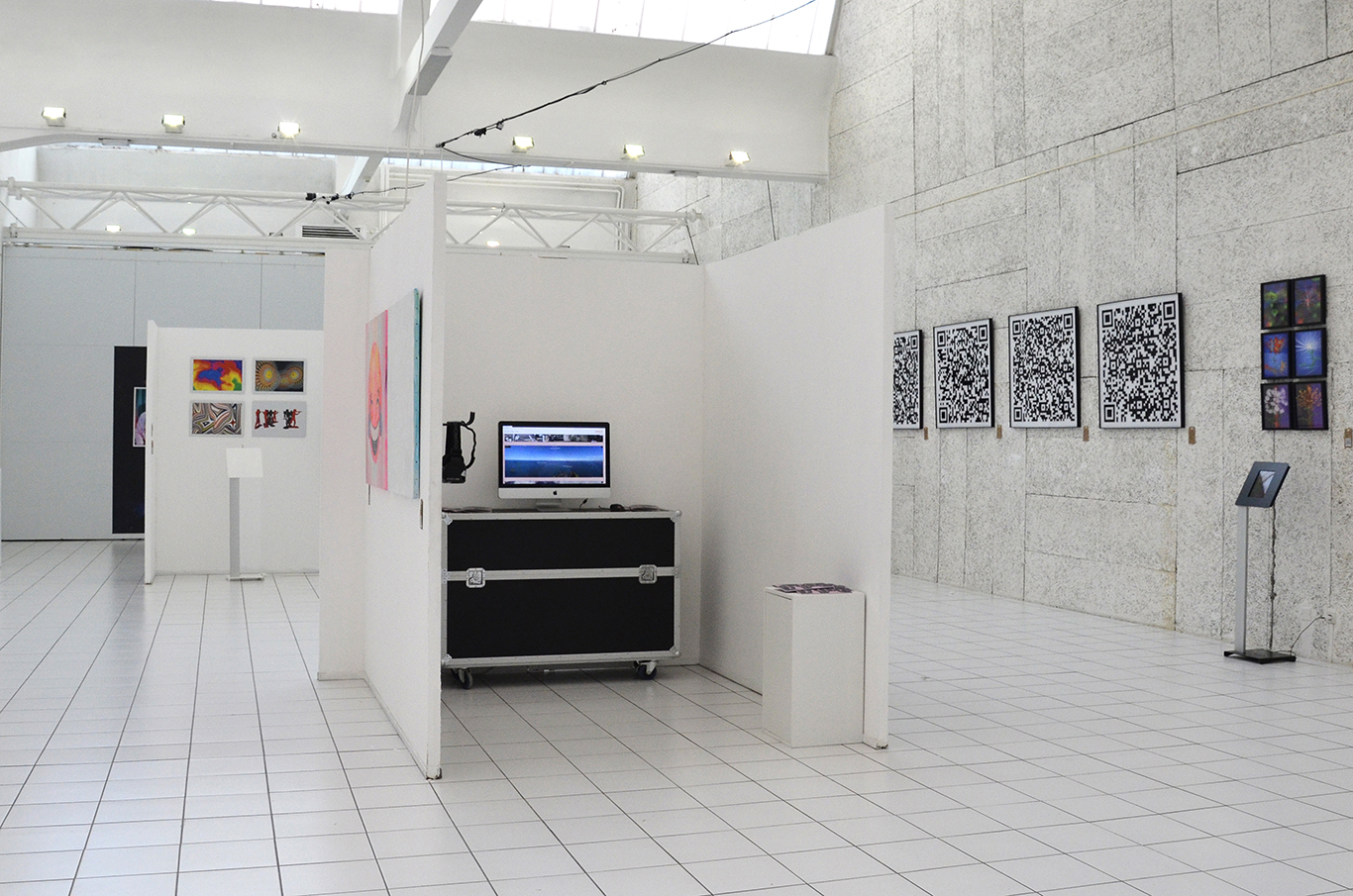
RESIDENCE display, 2019
Website, headsets, catalog
RESIDENCE is both a protocol and a tool for implementing digital interventions within the Google Street View platform. It hijacks the Street View app for smartphones, enabling any user to augment the online visual cartography. By downloading existing 360-degree views or creating new ones, artists are invited to modify, enhance, and distort the visual cartography. The website compiles these contributions, providing open access to the project's catalog. Within the display, headsets allow visitors to experience RESIDENCE in an immersive manner. Exhibition views were featured at Biennale Némo in Paris 2019 and Art Mobile in Montluçon 2018.
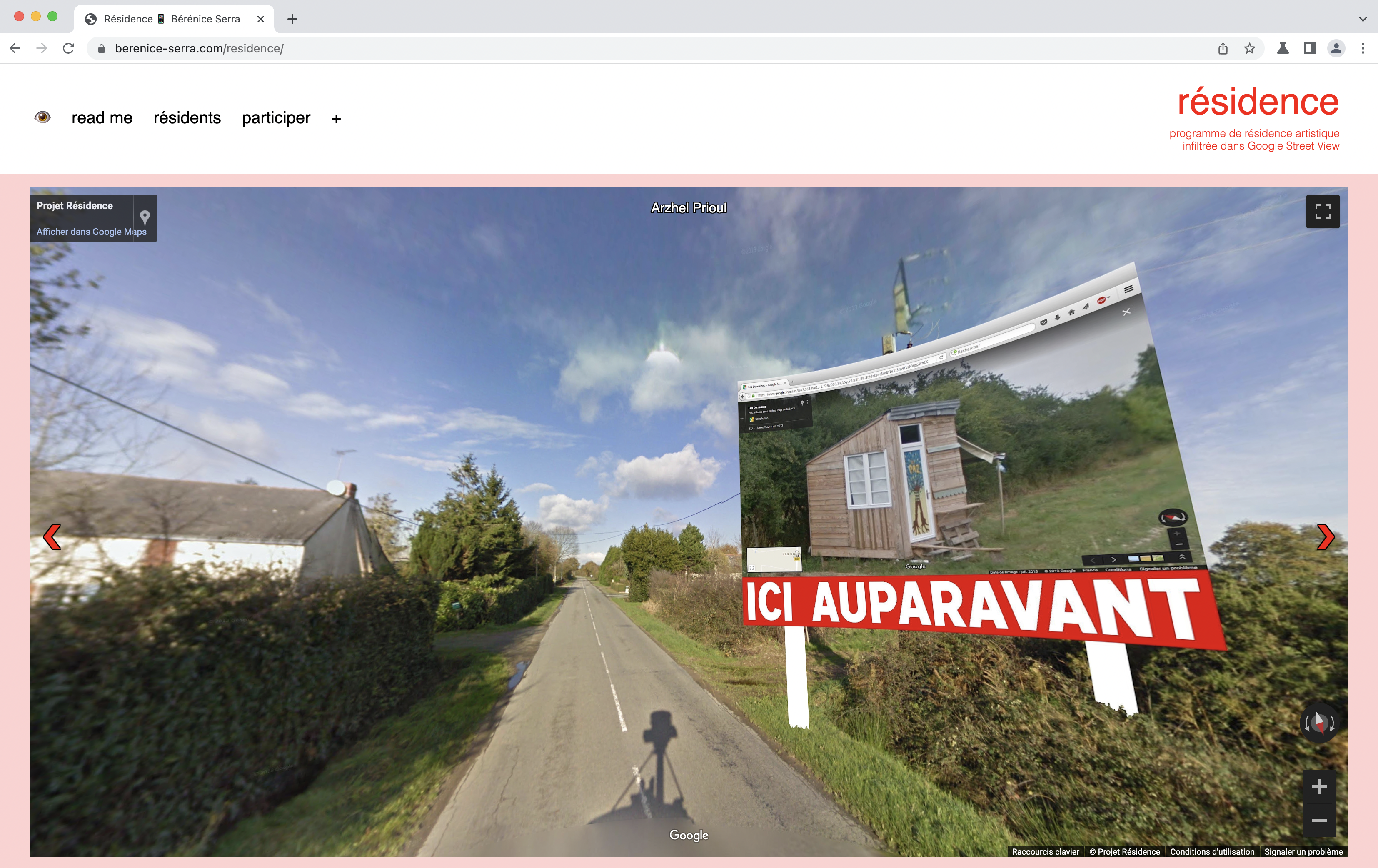
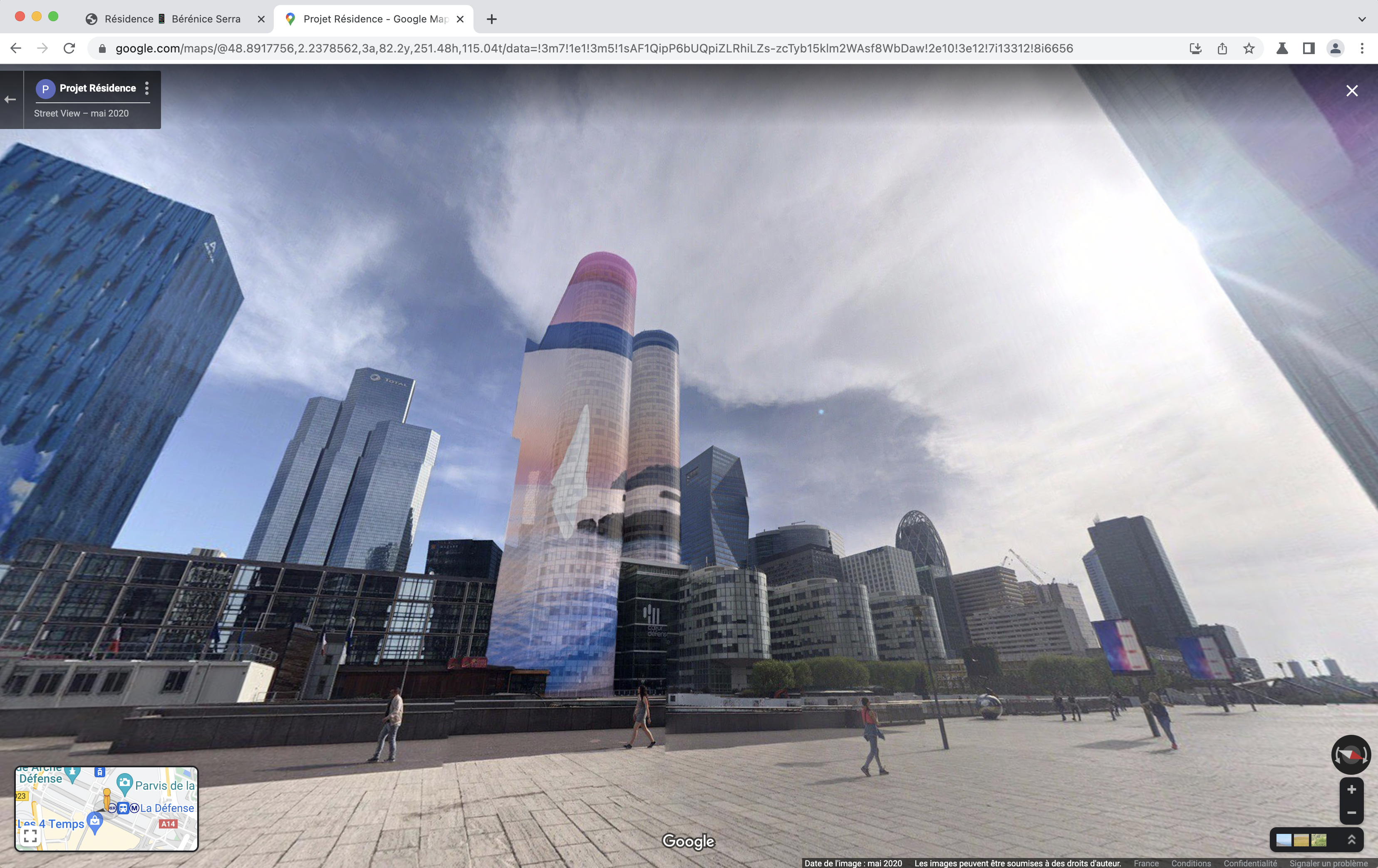
RESIDENCE, 2018
Google Street View interventions, website, toolkit
RESIDENCE allows anyone to download, modify and upload 360 views inside Google Street View. It relies on the Street View app for smartphone, which allows any user to augment the online visual cartography. This tool, initially released to skirt the responsibility of the American company towards the published contents - by applying a copyright on the images taken by the users — opens a creative breach in its use. The photos are not subject to any moderation by Google and will only be removed if an "undesirable content" is reported by other users. Embracing the opportunities for detour given by the very functioning of the publication tool, this project includes the participation of Marion Balac, Raphaël Fabre, Arzhel Prioul, Seitoung, Bérénice Serra, Julien Toulze and Mathieu Tremblin. The works are visible online by all users of Google Street View. berenice-serra.com/residence


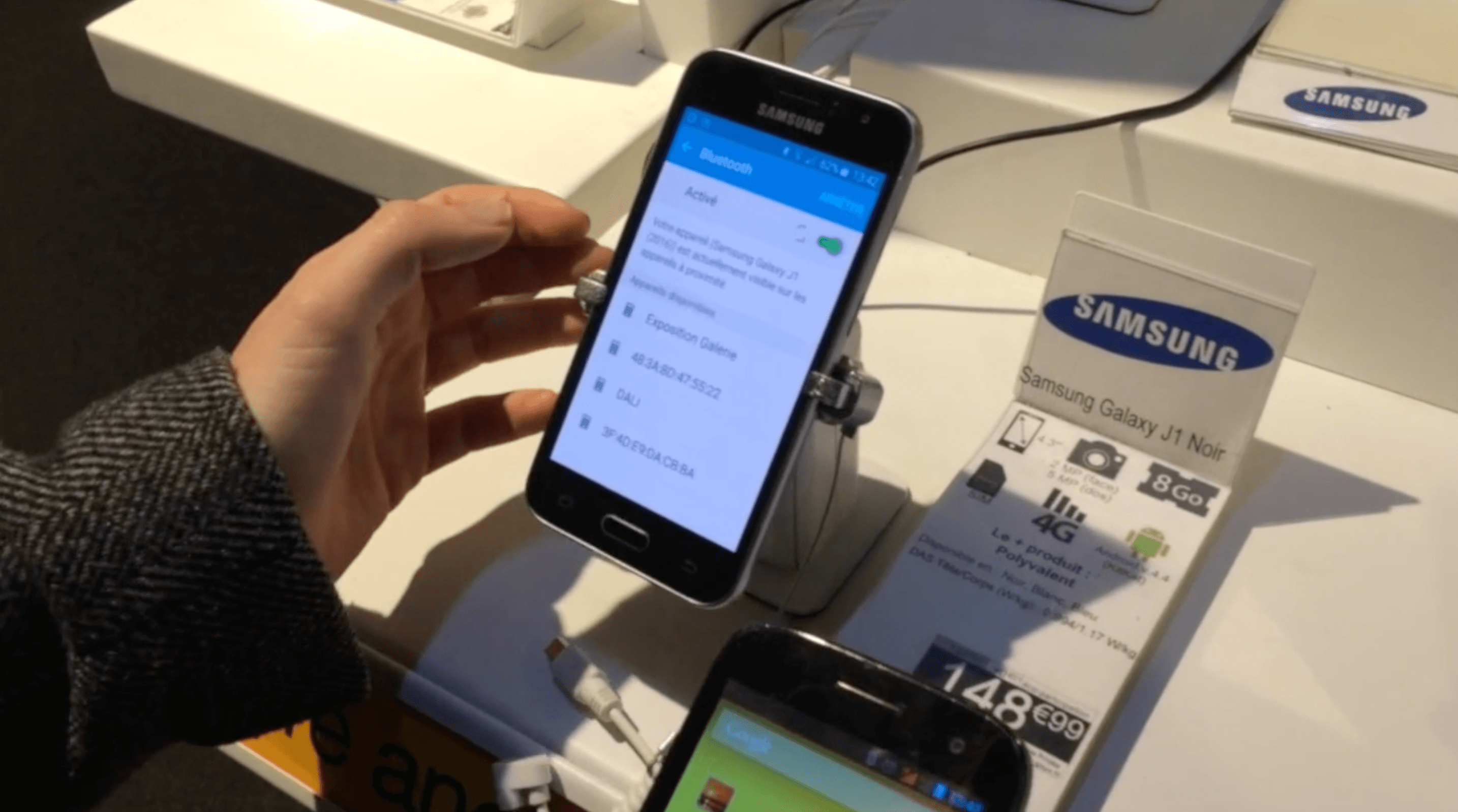
GALERIE, 2016
Performance, offline exhibition
GALERIE was performed on October 22, 2016 at the FNAC store — Champs-Élysées in Paris. The perfomance consisted in the staging of a group exhibition hijacking smartphones in electronics stores, employing a strategy of retail poisoning. The collaborative effort included the contributions of Julien Nédelec, Benoît Pype, Eric Watier, Guillaume Viaud, Selma Lepart, and Michaël Sellam. Watch the video

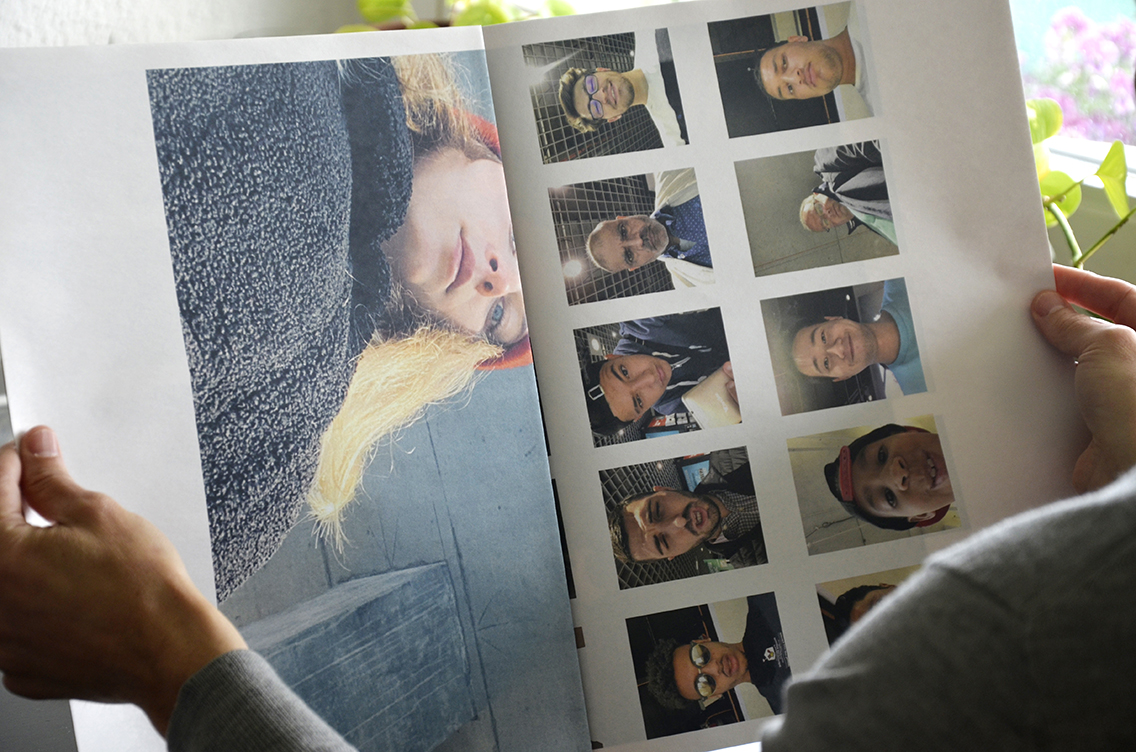
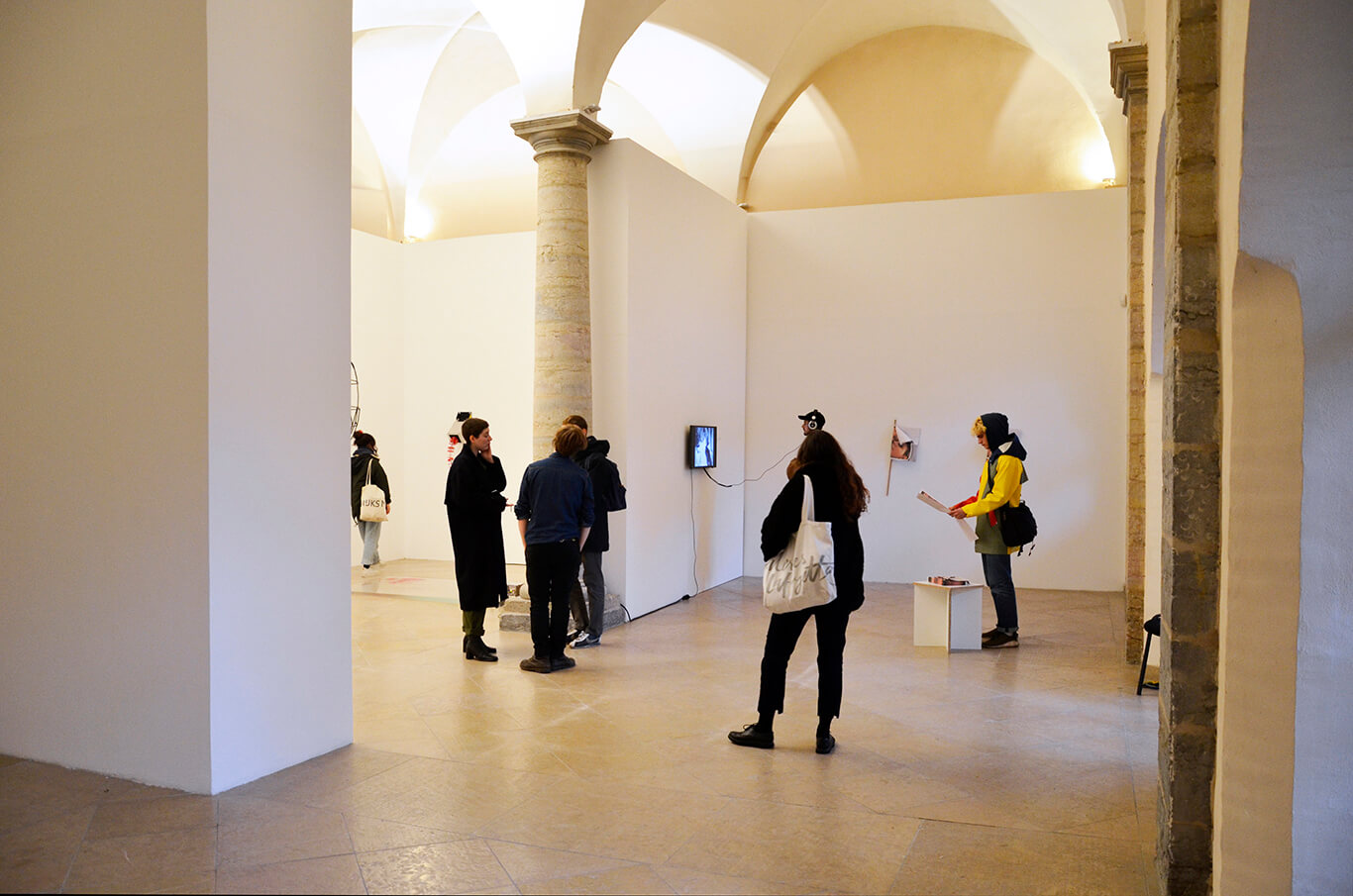
PUBLIC newspaper, 2017
Collection of portraits, newspaper, 289x380mm
The free newspaper displays portraits from the PUBLIC project. The goal is to rethink how the collected user-generated images can circulate and be distributed. By being placed in public spaces, the newspaper raises issues related to the history of portraiture, particularly in the context of facial recognition algorithms. Collection: FRAC Normandie Rouen, acquisition 2021.
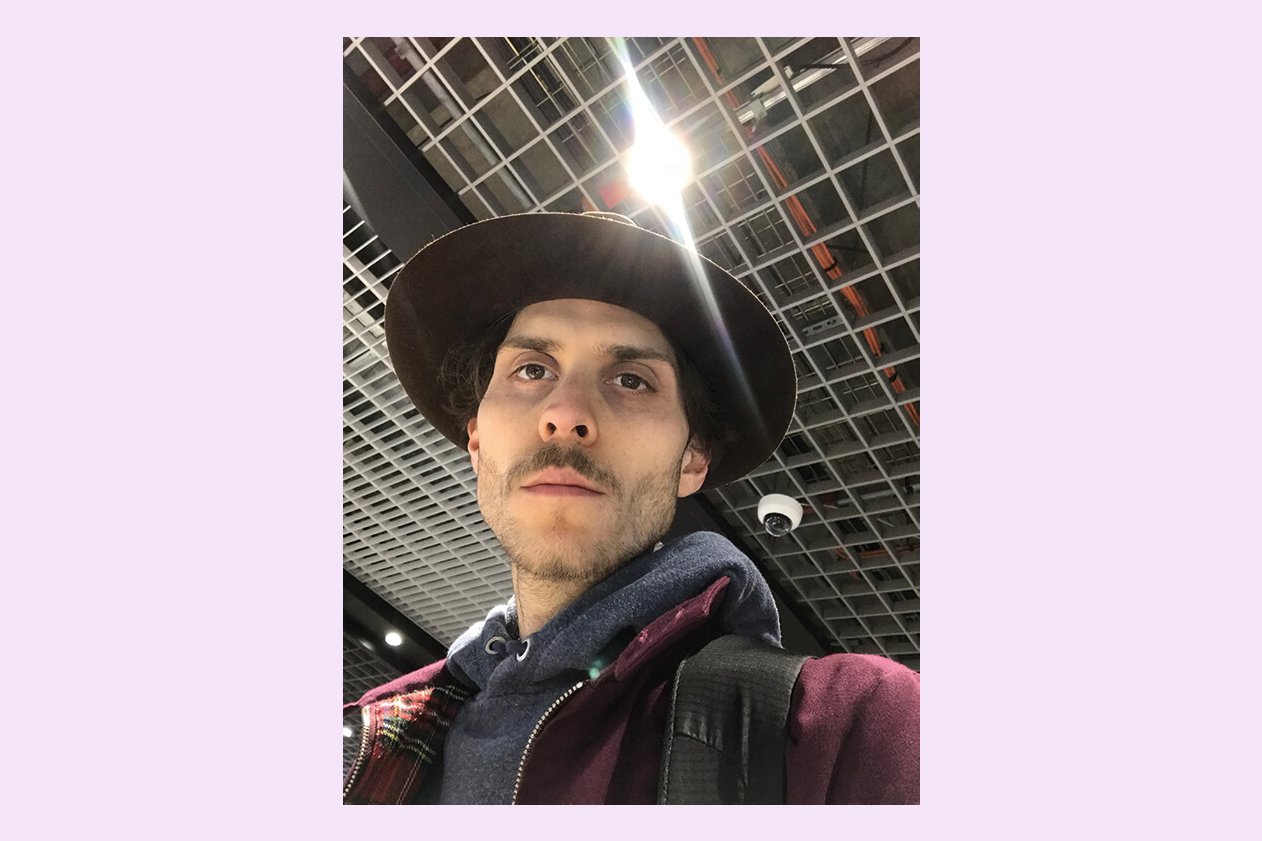
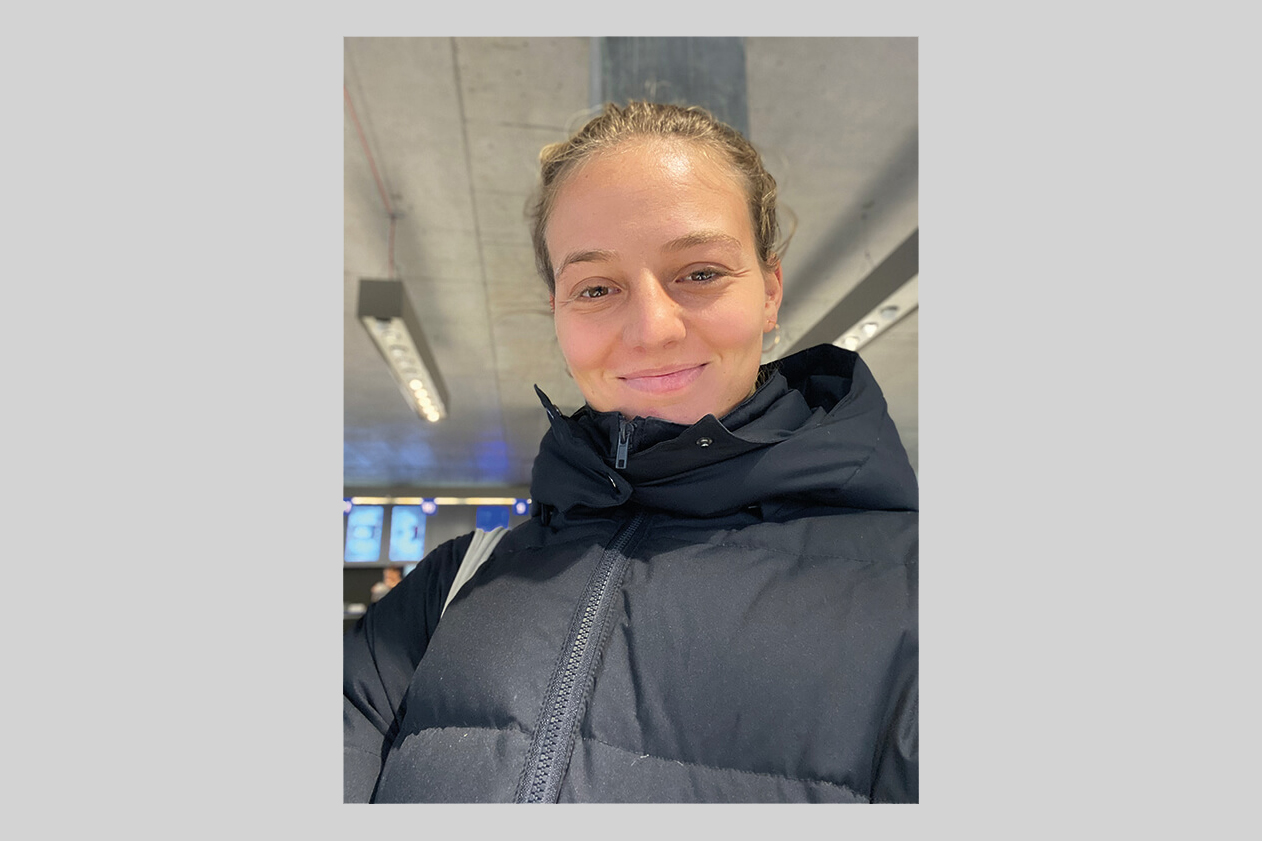
PUBLIC, 2014-2017
Collection of anonymous portraits
In electronics stores all over the world, smartphones are on display for potential buyers. Affixed to the furniture, these arranged and tilted objects cease to be merely "mobile" or "personal." Despite their fixed positions, all the core functionalities inherent to smartphones remain operational: note-taking, calendar, contacts, camera, clock, etc. Certain visitors activate the camera during their exploration, typically using the front-facing one by default. And, once a shot is taken, the image is automatically stored in the phone's image gallery without any manual intervention. Since 2014, the PUBLIC project has been dedicated to collecting the portraits captured on these phones.
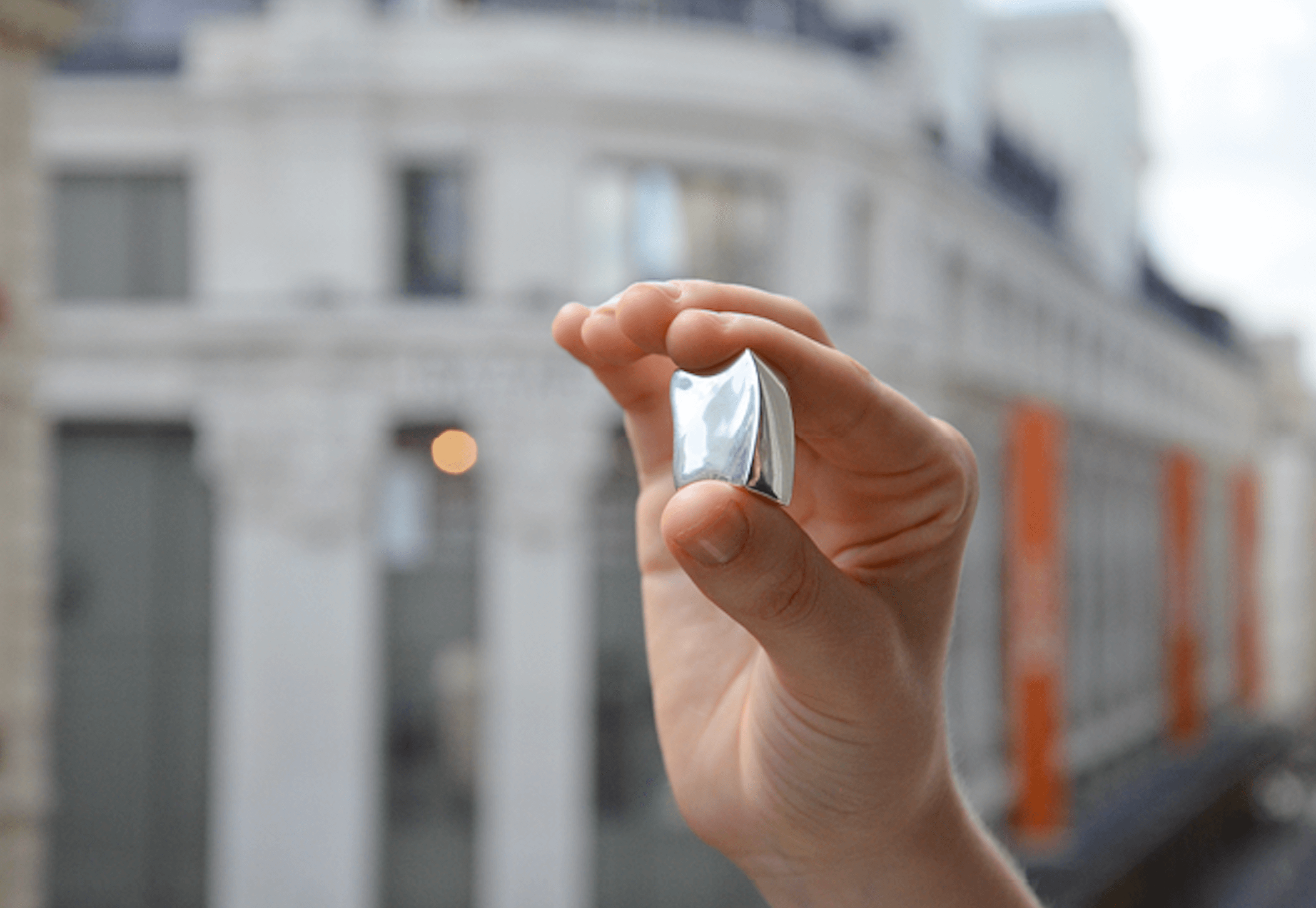


PETIPEU ÉTALON, 2014
Sculpture, cast silver
Today, all scales can be measured between the index and the thumb, using the pinch-to-zoom gesture. But, before the rise of digital tools, the only measure fitting between the index finger and the thumb was a qualitative one expressed as "just a little bit." This sculpture establishes a unique measure for the gesture commonly associated with this expression, presenting it as a standard made of silver. Exhibition view feature at Biennale Internationale du Design Saint-Etienne 2015. Finalist of the Marc Charras — Creation & Invention Prize.







































